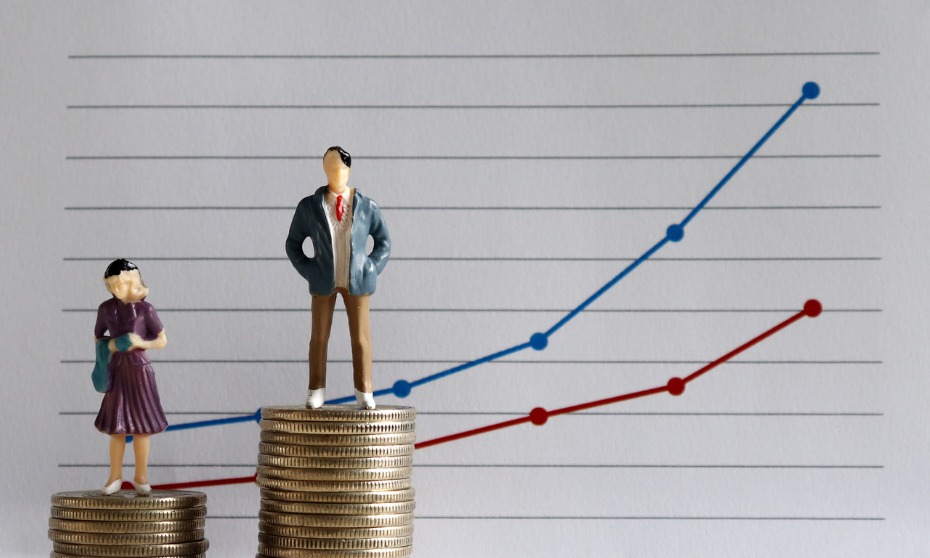A journalist and novelist offers her perspective on the American family, culture, politics and the way we live now.
American women made significant progress toward closing the gender pay gap in the second half of the 20th century, but that gap has barely budged over the past two decades. In 2022, according to Pew Research, “American women typically earned 82 cents for every dollar earned by men. That was about the same as in 2002, when they earned 80 cents to the dollar.”
In a country where women are now a (slight) majority of the college-educated labor force and the annual earnings median for college degree holders is 55 percent more than that of those with high school diplomas, the stickiness of this gap is frustrating. While there are several factors at play, one of the key contributors to the gap is what’s known as the motherhood penalty and the corresponding fatherhood premium: Women’s pay decreases when they have children, while men’s pay increases.
This dynamic isn’t just an American phenomenon. “In general, women don’t recover. They don’t catch back up to men, even many years after first childbirth,” said Henrik Kleven, the lead author of a 2023 National Bureau of Economic Research working paper, “The Child Penalty Atlas,” in which he and his co-authors, Camille Landais and Gabriel Leite-Mariante, reviewed wage gap data from 134 countries. “Now, that basic pattern is true essentially everywhere, but the quantitative magnitudes of the effects vary greatly across countries,” he told me recently
Source: New York Times


